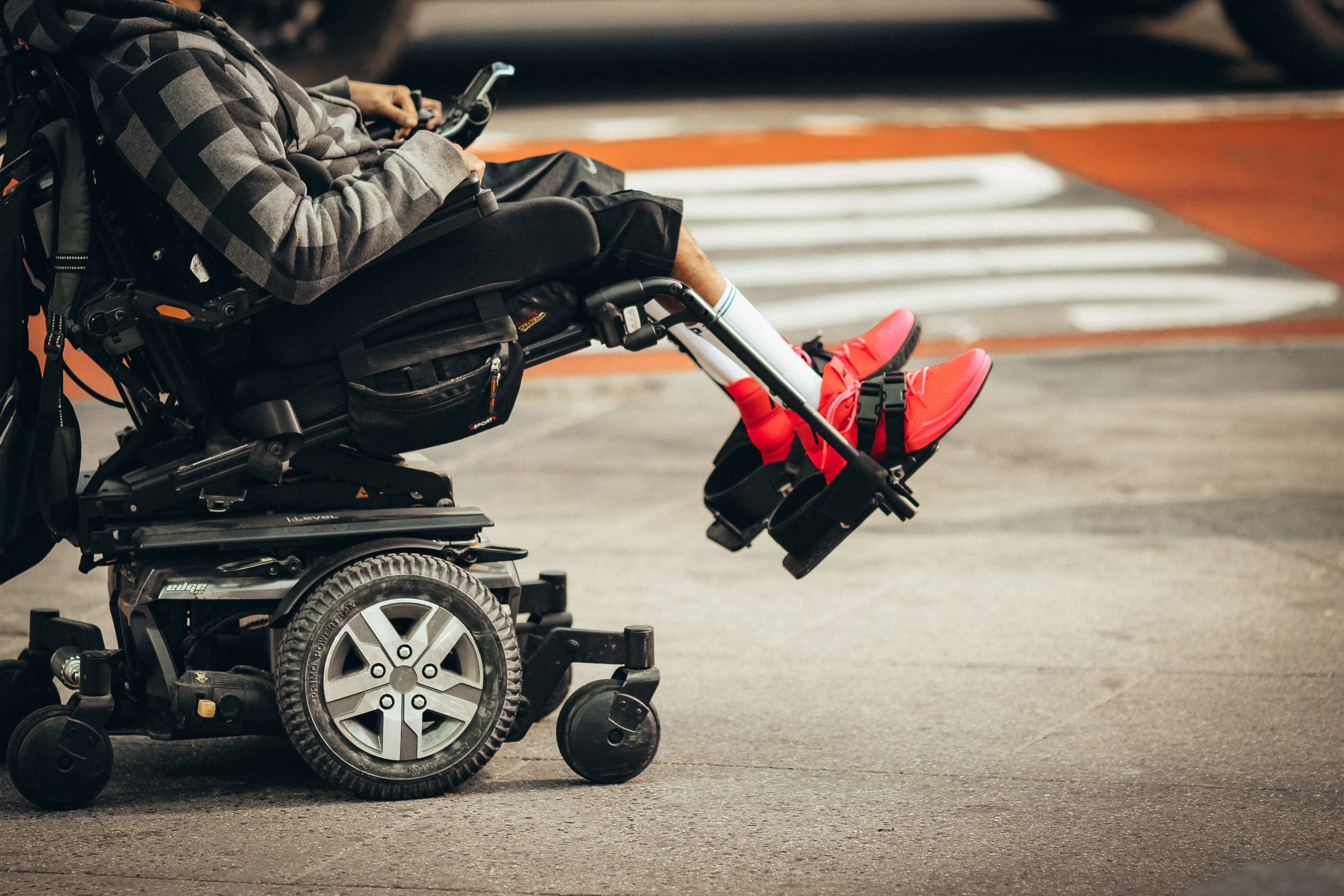
Lauren Dempsey, MS in Biomedicine and Law, RN, FISM News
[elfsight_social_share_buttons id=”1″]
A team of Swiss researchers have developed an implantable nerve-stimulation device, similar to a pacemaker, that has helped several paralyzed individuals regain the ability to walk again.
The breakthrough technology utilizes nerve stimulators implanted inside the body to send electrical impulses directly to the spinal cord. This neuromodulation therapy has previously been used to treat chronic pain and improve bowel and bladder function.
The new study which was published this week in “Nature Medicine” details how the researchers used epidural electrical stimulation (EES) to target “the dorsal roots of lumbosacral segments.” They were able to utilize the technology to help multiple individuals with spinal cord injuries to “stand, walk, cycle, swim and control trunk movements.”
Electrodes were placed in an arrangement that specifically targeted the nerves involved in leg and trunk control which then used software that was developed to reproduce “the natural activation of motor neurons underlying each activity.”
Three of the men included in the study, aged 29, 32, and 41 had sustained spinal cord injuries from motorcycle accidents in the previous one to nine years prior to being recruited for the trial. Surgeons implanted a prototype of the nerve-stimulating device that was remotely controlled through artificial intelligence technology. Within an hour of receiving the treatment all of the men were able to walk.
The device works by sending signals from the nerve in the spinal cord to the brain which then tells a specific body part, such as the legs, to move, however this only works when the implant is turned on. A total of nine people have received the implant and regained the ability to walk.
The technology, however, is too complicated to use in daily life, so patients use it to practice walking which helps to improve muscle tone and strength.
One of the men, Michel Roccati, had no feeling in his legs at all after his spinal cord was completely severed in an accident five years ago. Thanks to this new technology he can walk again. Another man, David M’zee, who was one of the first patients to receive the implant can now walk with a walker. The implant has helped improve his quality of life and overall health enough that he was able to have a baby, something that was an impossibility after his accident in 2010.
Researchers plan to conduct a clinical trial in the United States that will include 70 to 100 recruits. Further studies in larger groups will help researchers determine safety and efficacy of the technology as well as any potential adverse events that may occur from the treatment. ABC Science reported that the surgery is invasive and trial participants must participate in extensive rehabilitation after surgery.
Prof Grégoire Courtine who led the team of researchers said, “This is not a cure for spinal cord injury. But it is a critical step to improve people’s quality of life. We are going to empower people. We are going to give them the ability to stand, to take some steps. It is not enough, but it is a significant improvement.”
